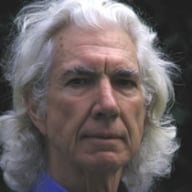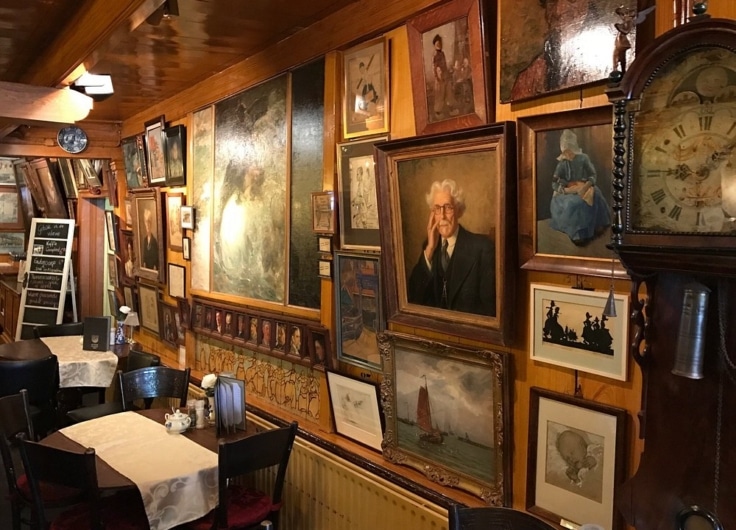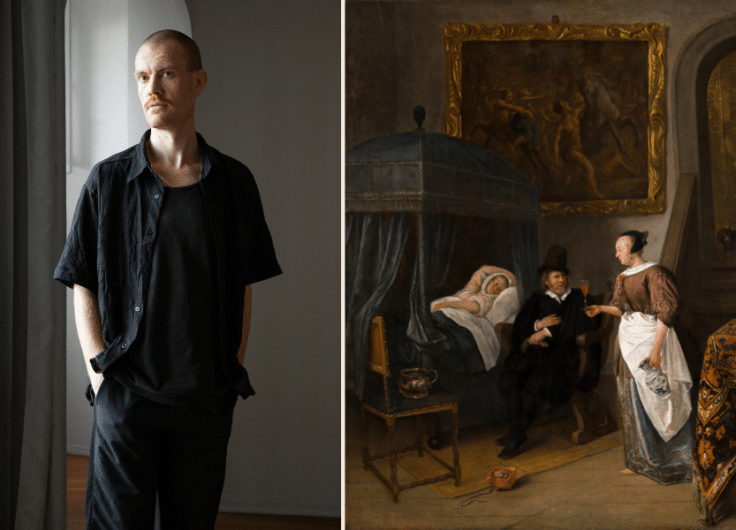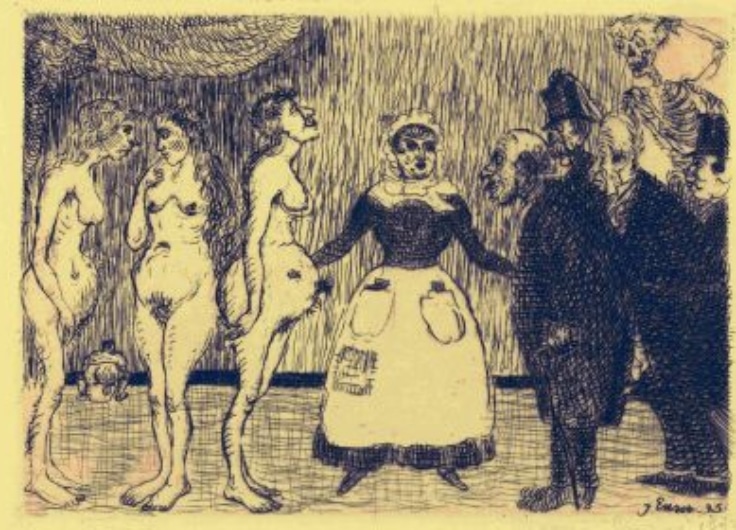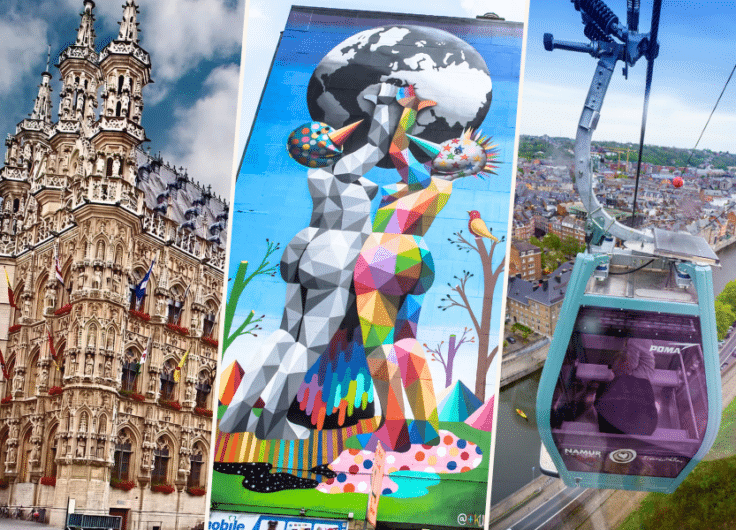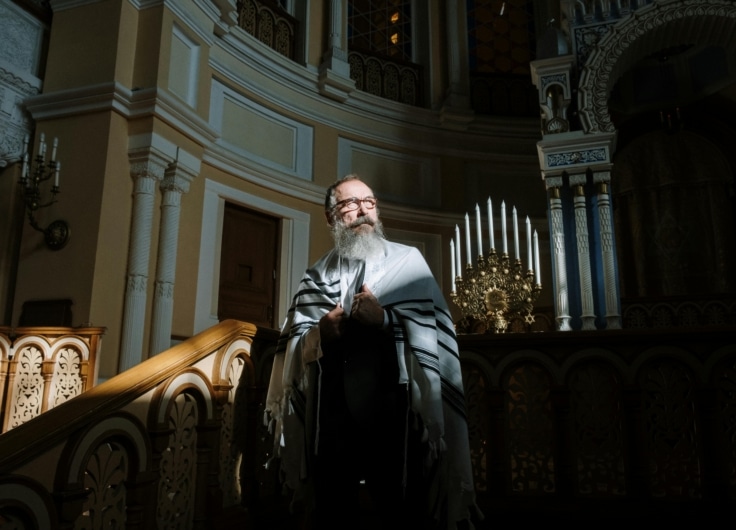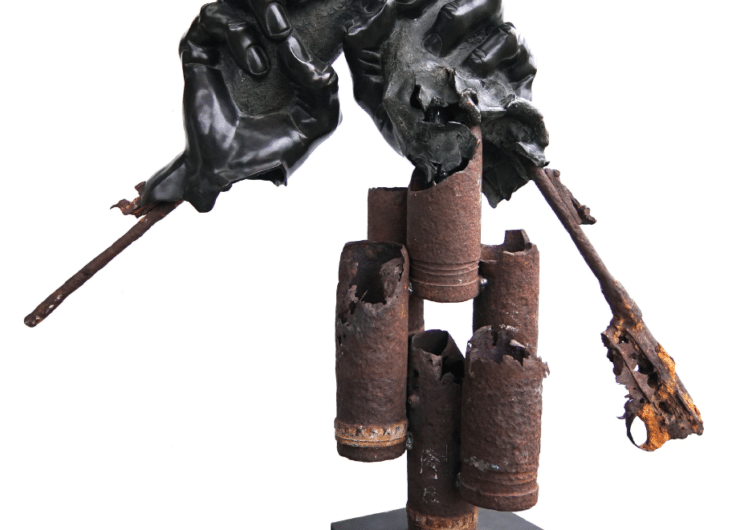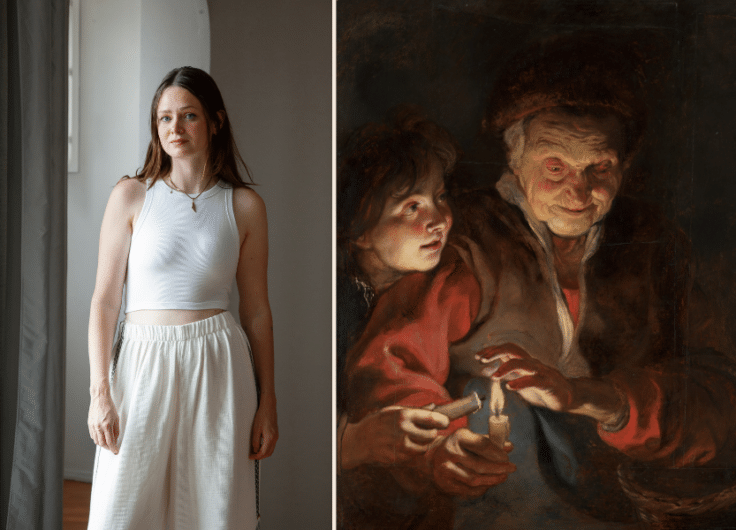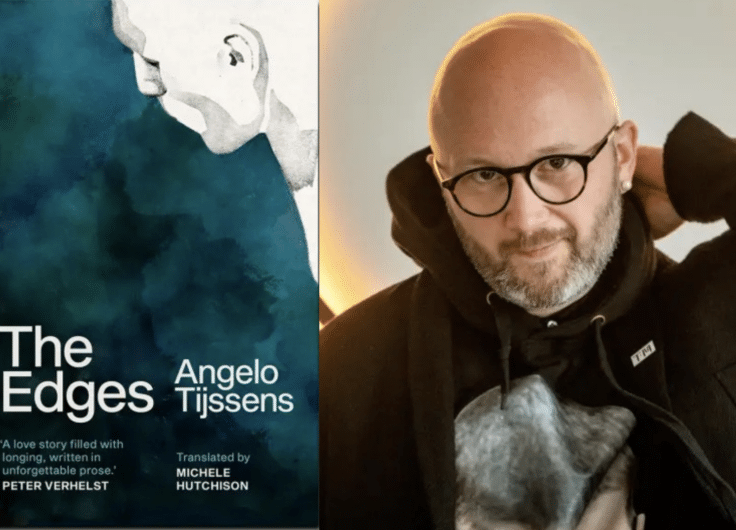The Colonial Debate in the Netherlands in Four Monuments
For five centuries Europeans have been debating the question that was central to the famous dispute between the theologian Juan Ginés de Sepúlveda and the missionary Bartolomé de Las Casas, in 1550: was the arrival of Europeans on the other continents beneficial for the people who lived there, or was it actually detrimental? And what did the Dutch even know, through the ages, about what went on in their colonies, in the East and West Indies? Below is an outline of the current changing view of the colonial period in the Netherlands with reference to four monuments.
The current “Colonial Debate” is going on not only in the Netherlands, but in all the former “mother countries”, most of all, perhaps, in England. The Great Imperial Debate is about things that happened long ago and far away, but it is also about what we tell each other about it now. In recent decades two schools of thought have developed among historians of colonialism and slavery. There are those who want to document the centuries-long atrocities more precisely and to examine them in a wider context, and there are those who want to reinforce the image of colonialism as a source of civilisation, later referred to as progress. In December 1987 I felt completely gripped by the Great Colonial Debate and I have rarely been out of its grip since.
I will never forget my surprise when a magazine with a cover story about the Netherlands and Bali caught my eye in a station newspaper kiosk. For some time, I had been doing research into the conquest of the island of Bali by the Dutch, in 1906. It was a drama in which, according to the military report, four Dutch and “about six hundred Balinese” died. Yet I had learned, a few years earlier, in a well-kept library with bound volumes of official and scientific journals, in the Balinese town of Singaraja, that Bali was conquered because large quantities of tjandoe – opium prepared for smoking – were being smuggled from there to nearby Java. The Dutch government in Batavia, the capital of the Dutch Indies, had opened a government-run opium factory in 1894, so the competitor had to go. (1)
Keen to discover the latest research on the subject, I read the article in the history magazine in the coffee bar next to the station kiosk – with increasing disgust. The raja of Southern Bali had refused to pay a fine imposed by the colonial authorities. Moreover, the right of the people who lived at the beach to the goods on a stranded ship was an “anachronism” as, indeed, was the raja himself. The modern administration could no longer accept the situation that had existed for so long.
Exactly this narrative – toeing the official line – could be found in almost all the journals and books since 1906! Nothing about opium, not a word about the so-called Opiumregie, the Dutch government monopoly that controlled the opium market. The colophon identified the author as C. Fasseur, professor in Leiden.
Later I looked at, read and reviewed small piles of books about colonialism and I got the same painful shock from many other academics as I did from C. Fasseur. I was nauseated by the immeasurable gap between the clear facts to be found in libraries and archives and the limited, biased selection of facts made by academics.
Monument to the nameless slaves
What did the Dutch people know through the centuries of what was happening in the colonies – in the East and West Indies? What follows is an outline of the currently changing view of the colonial period in the Netherlands with reference to four monuments.
Let’s start with a monument to the nameless slaves on the rear facade of the Palace on the Dam in Amsterdam.
In the seventeenth century, the citizens of Amsterdam built their city hall on the Dam with marble maps of the world on the floor. It was a temple where they honoured overseas enterprise. Jacob van Campen, the architect, designed all the images on the facades as well. While the Dutch East India Company (VOC) was capturing the monopoly on the cinnamon trade in Ceylon (Sri Lanka) from the Portuguese and the local king, round 1660, the Antwerp-born baroque artist Artus Quellinus of Quellijn sculpted a twenty-metre-wide triangular artwork in white marble after a design by Van Campen in Amsterdam. This monumental tympanum relief still decorates the rear facade of that great building, which is now a royal palace.
This elongated tympanum sculpture continues the ancient tradition whereby tribute is brought to the conqueror in triumphal processions. But whereas the Romans were offered gifts from countries that were relatively nearby, Amsterdam receives an envoy, animals and gifts from the four corners of the world. This artwork is the first of a long series in which Europeans self-confidently present themselves as the masters of humanity.
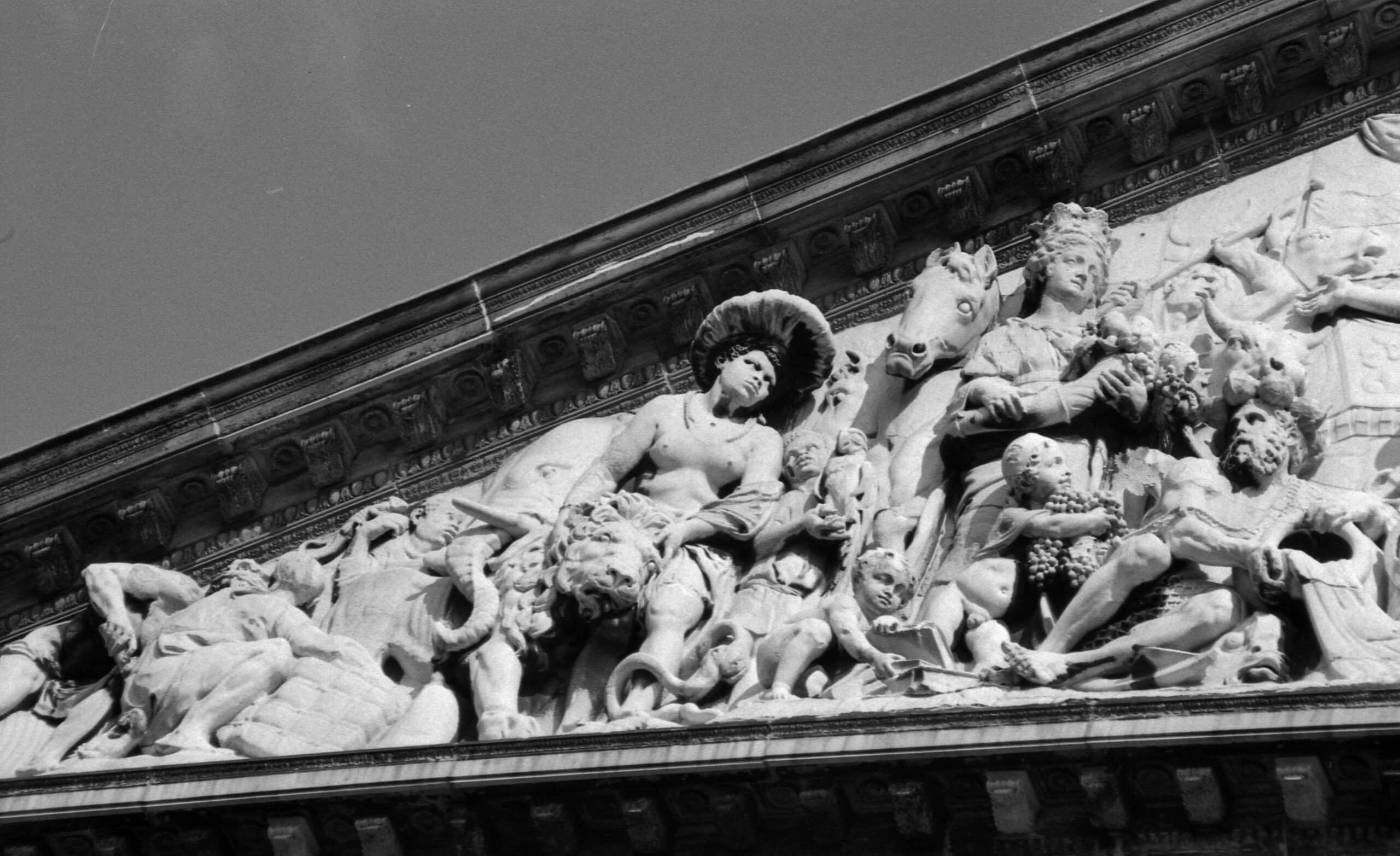 Artus Quellinus, the tympanum's bas-relief on the rear facade of the present royal palace in Amsterdam, 1660s
Artus Quellinus, the tympanum's bas-relief on the rear facade of the present royal palace in Amsterdam, 1660s© Ewald Vanvugt
From the start, the Netherlands’ own slave trade was no secret, but the subject was hidden away in a corner, as we can still see in the relief on the Royal Palace on the Dam. In the seventeenth century the Dutch companies in both the East and West Indies ran their operations partly with slave labour, carried out by Indians, Africans and Asians. The artists immortalized this fact as well. In the part of the relief that points towards Central Station we can see, besides Europe and Africa with their animals, three half-hidden men, labouring under the weight of exotic goods and booty they are bringing to Amsterdam. One of them is certainly African. Together, the three of them form the monument to the nameless Africans, Asians and Indians, who slogged away in their hundreds of thousands as slaves for the benefit of the Netherlands.
This sculptural group under the edge of the palace roof is bursting to take part in the current colonial debate. Every year on 1 July, when the abolition of slavery under Dutch law is commemorated with Keti Koti, this sculpture can be richly decorated with flowers and a light show draws the attention of passers-by, so that they may perhaps look up during the rest of the year and want to know more about the fatherland’s human trafficking.
Eduard Douwes Dekker
Now let us look at the Torensluis in Amsterdam, where we see a statue of Eduard Douwes Dekker (1820-1887).
Parts of East India were governed from the Netherlands by a small, closed group. First by the general management of the Dutch East India Company, later by government committees and, as of 1813, by the King’s cabinet. Most Dutch people knew little more about the colonies than the standard narrative: the Dutch were there to help the heathen or savage inhabitants to develop. During all that time, generations of civil servants and lackeys in departments and universities earned their bread and butter, as well as status, by covering up and looking the other way. Speaking frankly was forbidden by law.
One champion of openness about the colonial policies and practices was Wolter Robert Baron van Hoëvell (1812-1879). “Van Hoëvell made the “colonial question” one of the most important in the Dutch parliament, but it was Multatuli’s genius that first revealed the fate of the Javan people to the people of the Netherlands”. (2)
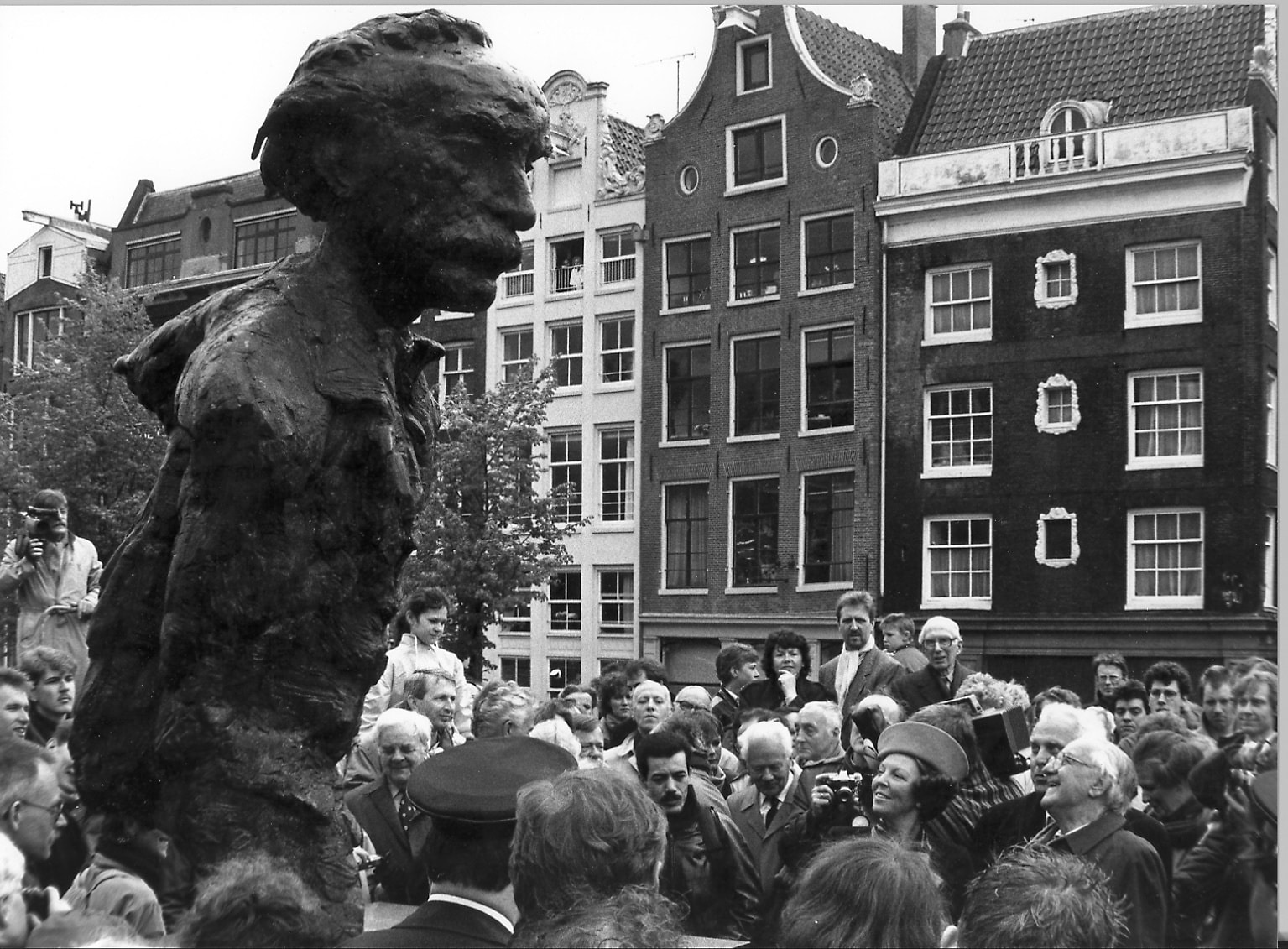 16 May 1987, Amsterdam: Queen Beatrix and publisher Geert van Oorschot inaugurate the bronze bust of Eduard Douwes Dekker (Multatuli), a work by Hans Bayens
16 May 1987, Amsterdam: Queen Beatrix and publisher Geert van Oorschot inaugurate the bronze bust of Eduard Douwes Dekker (Multatuli), a work by Hans Bayens© Ewald Vanvugt
Eduard Douwes Dekker, the writer who called himself Multatuli, offered a portrait of himself and of colonial society, both in the Netherlands and in the East Indies, in his novel Max Havelaar. The political struggle from 1848 to 1870 was exclusively about the Cultuurstelsel versus free labour. The Cultuurstelsel was a system whereby the government forced the Javanese to cultivate certain agricultural products (cultures) on their fertile ground. Forced labour and ground use for the cultivation of sugar, indigo and above all coffee turned the whole of Java into one de facto state slave plantation.
Cultuurstelsel or free labour? In 1862, in his pamphlet on free labour Over Vrije Arbeid, Multatuli made it clear that there was no difference between the two for the Javanese. He did not take sides with either party, it was just another name for the same tyranny.
A “forgotten” monument
The Van Heutsz monument is also located in Amsterdam, more precisely in Amsterdam-South.
After Multatuli, no one could still hide behind ignorance of the brutality with which prosperity was brought to the Netherlands from the colonies. Nonetheless, in the last half-century of colonialism (1890-1940), the government and business erected more and larger statues and monuments in honour of the heroes in the “overseas territories” than in the previous three centuries.
Shortly after the retired General J.B. van Heutsz died and was buried in Switzerland, in July 1924, plans were made in several places to turn him into a symbol of respectable colonialism with a monument. The most violent general became the most celebrated colonial military officer. With the veneration of his person his method of mechanical overkill in the overseas wars was posthumously given official blessing by the whole of the Netherlands.
The Van Heutsz monument on the Olympiaplein in Amsterdam South was unveiled on 15 June 1735, by his admirer Queen Wilhelmina. On the central plinth (four metres high), the murderous general is portrayed as a female giant (four and a half metres high) in beige-grey shell limestone. She wears a sarong and holds a law scroll open with her two hands. Her face is “noble”, empty, resolute, both male and female. Who is she? She is “benevolent colonialism”, the bringer of order, the sine qua non for progress.
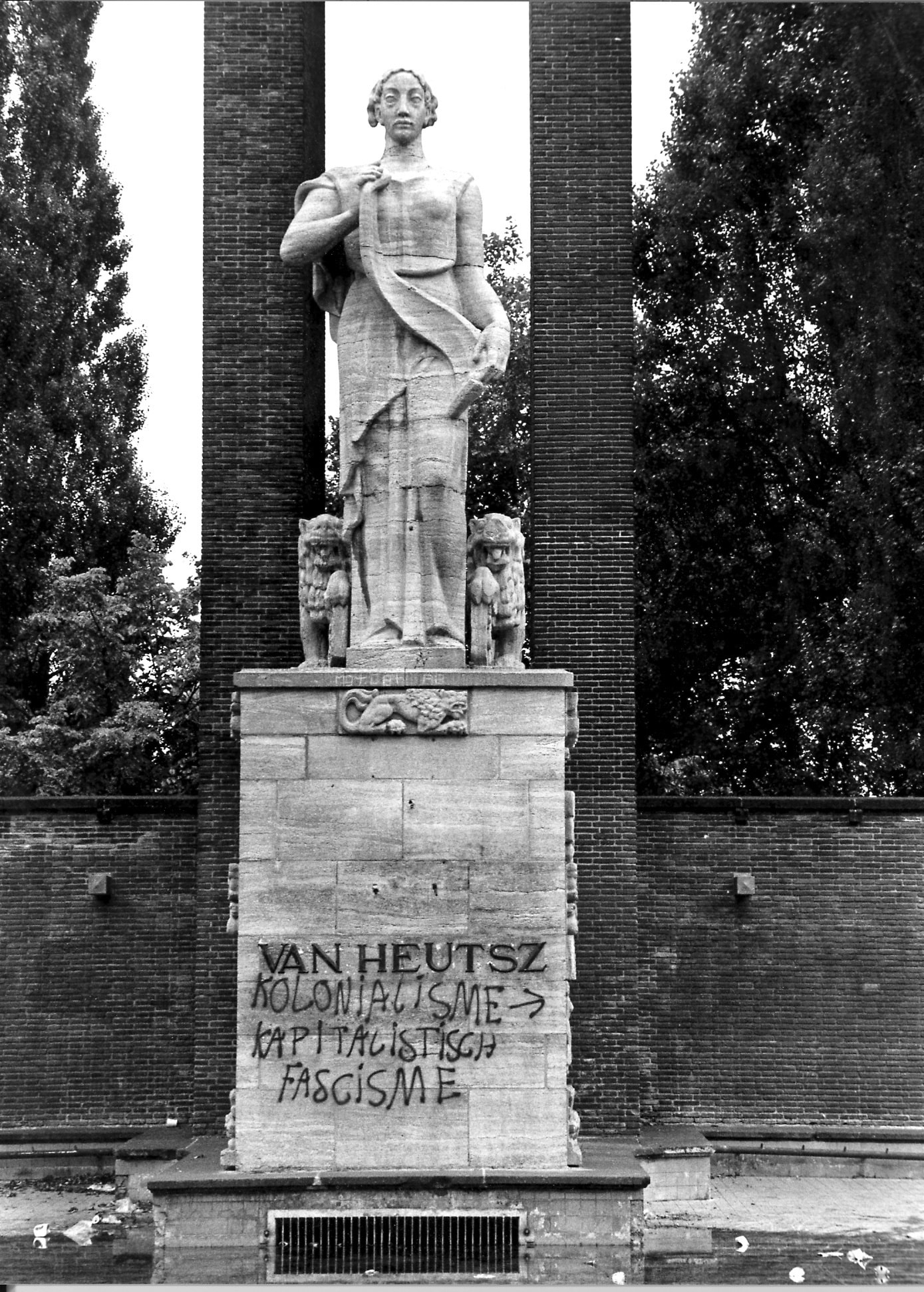 G. Friedhoff (in collaboration with Frits J. van Hall). The Van Heutsz monument in the south of Amsterdam
G. Friedhoff (in collaboration with Frits J. van Hall). The Van Heutsz monument in the south of Amsterdam© Ewald Vanvugt
Van Heutsz’s admirers knew that a statue could be an effective channel for propaganda, because it is a time-consuming task to contradict a statue and every bit of propaganda that is not contradicted has the chance of passing for truth. Nevertheless, the Van Heutsz monument often got a boisterous response in the form of demonstrations and graffiti. Until approximately 2000, the enormous masonry and limestone artwork clearly referred to the general, with his name in large letters on the plinth. Since 2001, however, it has been called the Dutch Indies Monument.
Wars and violence have always been a major theme of colonial historiography. But while the monuments to the generals and admirals which told their stories publicly on the street are losing their names and significance, the massacres with which prosperity was brought to Europe are also increasingly disappearing without a trace from the collective memory.
In Indonesia, Van Heutsz is a national figure because the large archipelago of islands became a centrally ruled entity under his government. In the Netherlands, Van Heutsz has been completely “forgotten”. He is no longer even a name on a monument.
From supreme commander to scapegoat
Let’s leave Amsterdam now but stay in Northern Holland. We’re going to Hoorn, a town on Lake Markermeer. There we find the statue of the abovementioned Jan Pietersz Coen.
From the early seventeenth century, officers from the Dutch East India Company used a great deal of violence to force farmers in the Molucca Islands to sell their nutmeg, mace and cloves exclusively to them. The supreme commander in the East Indies, Laurens Reael, protested against these punitive expeditions. But a member of the first Council of the Indies, Jacques l’Hermite, wrote in a letter to the general management in Amsterdam, in 1612: “In my opinion, one should not have tried to make any kind of peace before one had conquered them completely and brought them to their senses with proper agreements or completely annihilated them, whereby the latter would certainly have offered the most certainty…” (3) Jan Pietersz Coen carried out this plan.
In February 1621 a thousand soldiers landed on Banda Neira. They occupied the island and Coen immediately sent 800 prisoners to Batavia as slaves. In March the troops from the Dutch East India Company surrounded the village of Lontor, set fire to it and took the inhabitants prisoner as they fled. Less than ten years after Jacques l’Hermite frankly suggested annihilating the Bandanese (“these villainous monsters”), Coen wrote to the management of the Dutch East India Company, “Due to the war, poverty and deprivation, the inhabitants have almost all perished”.
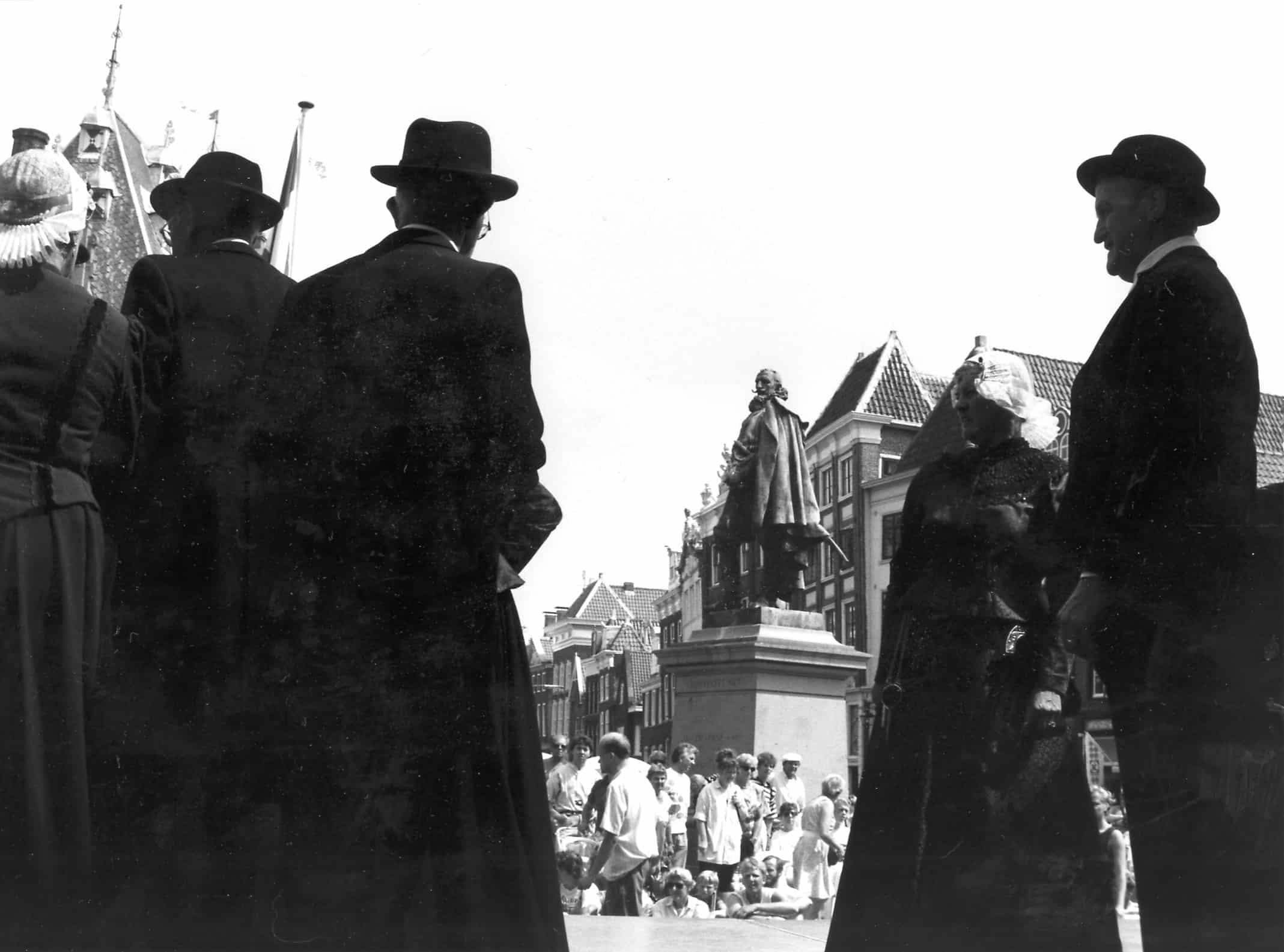 Ferdinand Leenhoff. Statue of Jan Pietersz Coen in Hoorn (North Holland)
Ferdinand Leenhoff. Statue of Jan Pietersz Coen in Hoorn (North Holland)© Ewald Vanvugt
The population of the Banda archipelago was put at 15 000 when the Dutch arrived. A thousand, at the most, managed to flee to neighbouring islands. Coen himself wrote in his “Discourse” (Vertoog) that around 2500 Bandanese souls perished from hunger and misery or by the sword.
The Dutch did what the Portuguese never succeeded in doing. By capturing the gardens and orchards on the Molucca and Banda islands they obtained the monopoly on the international trade in nutmeg and cloves. It is a grim fact that the Dutch colonial empire was founded on a massacre.
Because of his strategic and lucrative mass murder, Coen became one of the most venerated Dutchmen. His life-size statue has stood in the centre of Hoorn since 1893, in Amsterdam his sculpted portrait still stands in five public places.
In the twenty-first century Coen’s image has rapidly deteriorated. During the Slavery debate and the Black Peter discussion – terms that stand for the change in the Netherlands towards a new relationship with the colonial past – Coen was revived in the national consciousness. But the once revered founder of the colonial empire was born again as the lasting scapegoat and symbol for the centuries of violence and exploitation overseas. Some felt such abhorrence of his name that they removed it from a street or a school.
My advice is not to erase the names of murderous colonialists and to maintain their statues well. After all, although they were originally erected to remind us of the “greatest deeds”, they speak loudly now of misdeeds and will continue to do so in the future.

